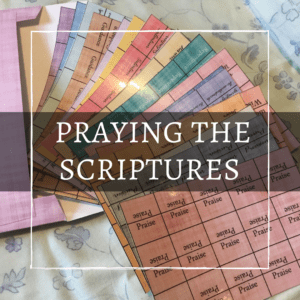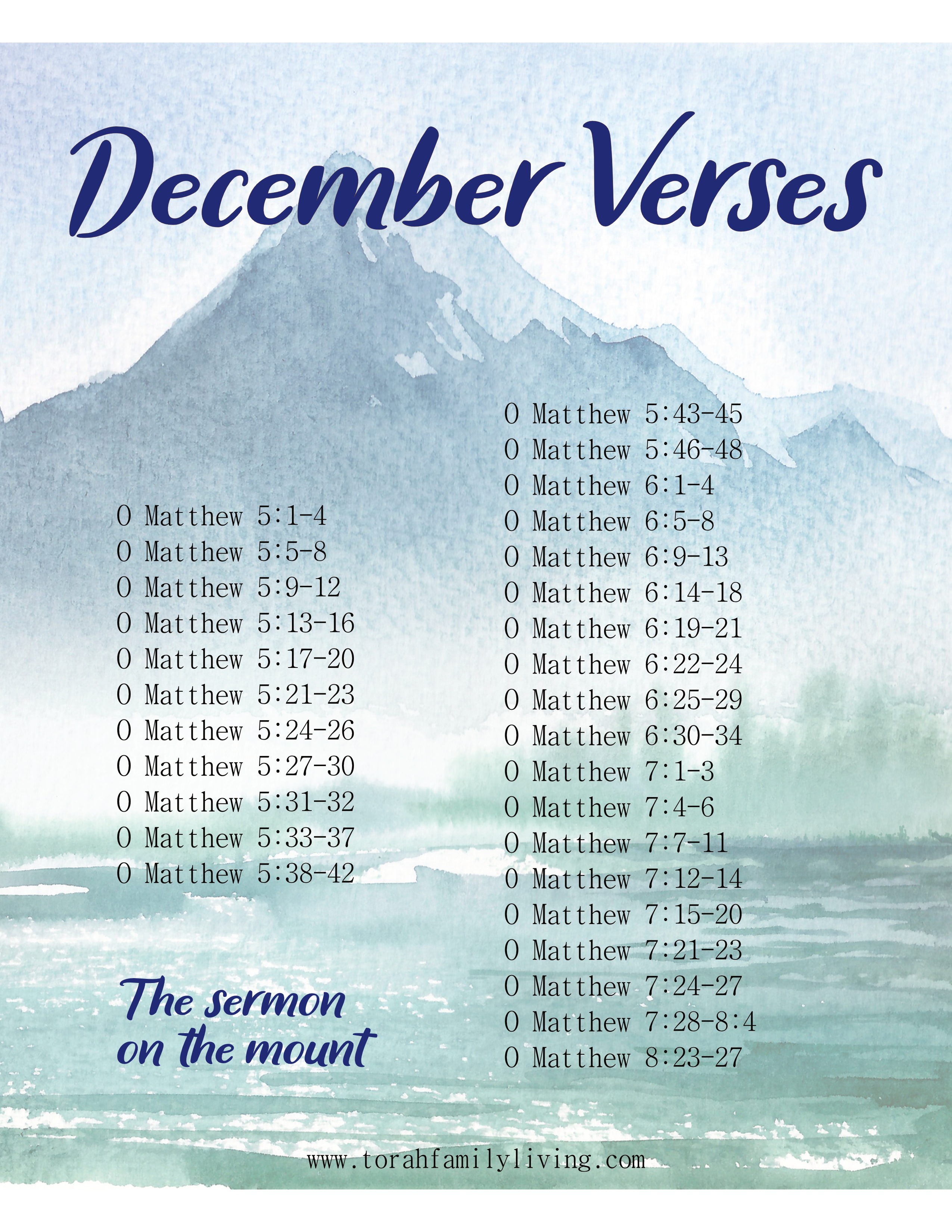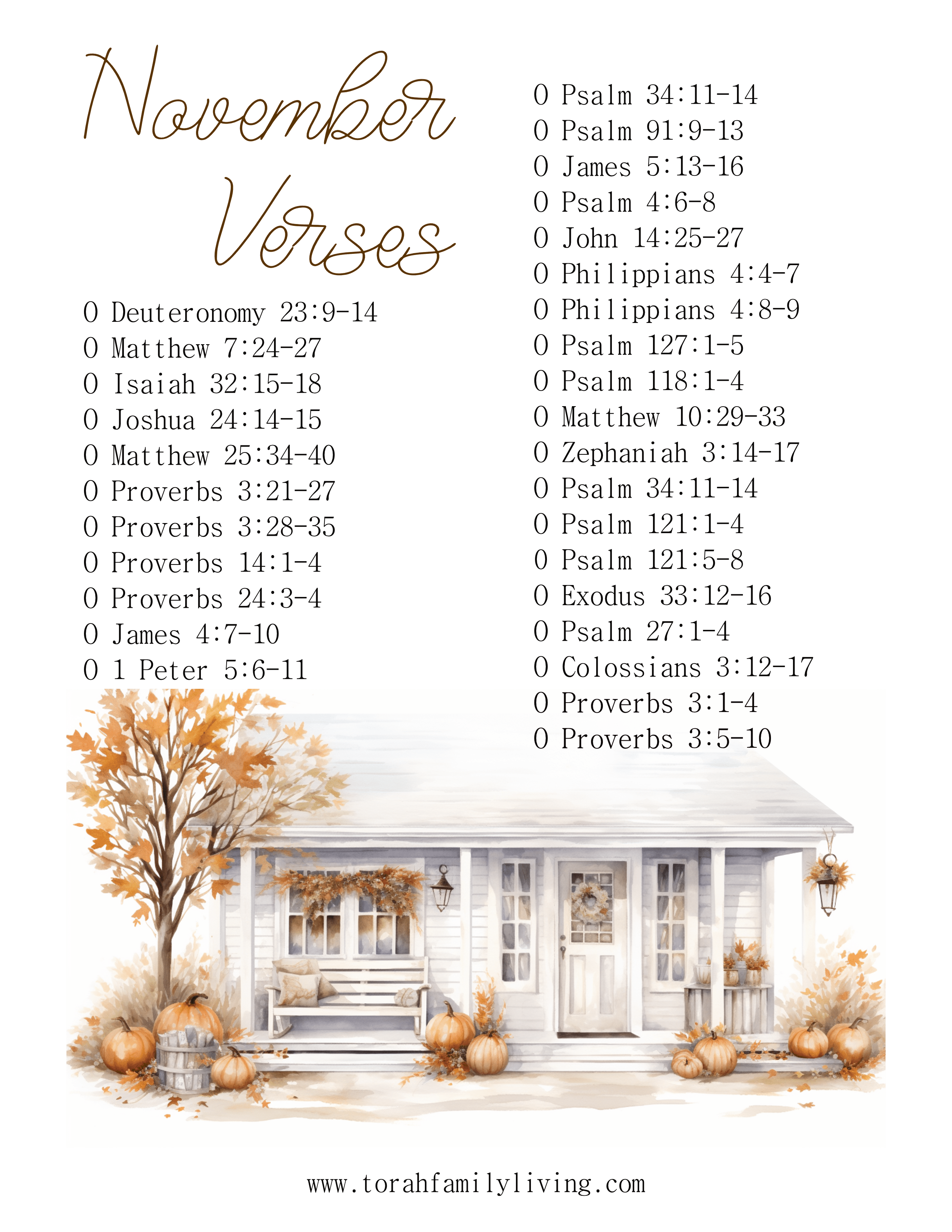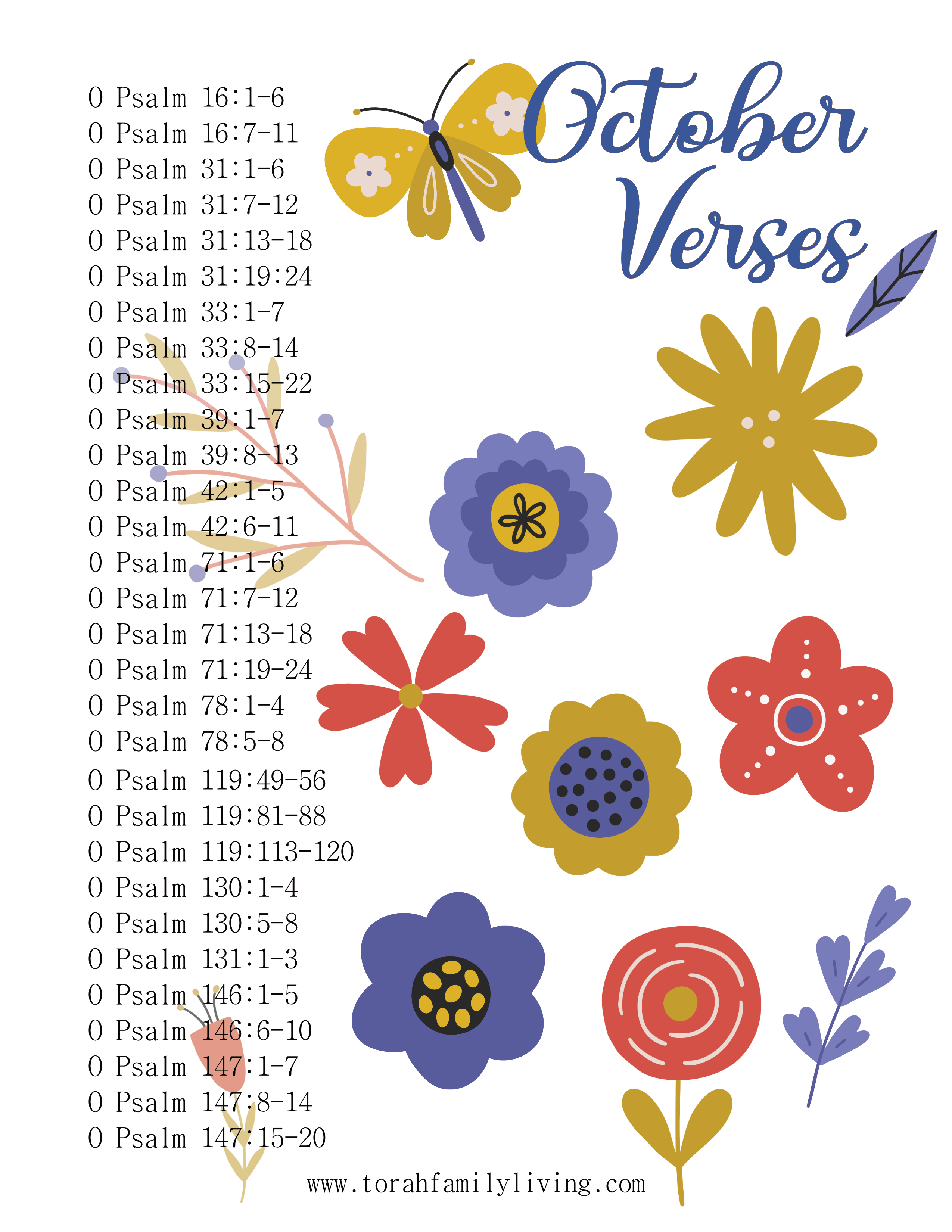This is a reprint of an article from Torah family e-magazine. Enjoy!
Time for a Shofar, Shofar for a Time
by Jack Waid
I don’t claim to be an “expert” on any subject, especially when discussing issues from the scriptures. However, I do claim to have an understanding of one subject and it is this; there are two important relationships in this “Way”; our relationship with YAH and our relationship with each other. Without both of these relationships we will eventually lose our grasp of YAH’s scriptural and relational timing. More specifically, if you believe in the messiah of the Brit Hadasha, HIS return will be announced with the sound of the shofar at YAH’s specific timing. If we are not listening / hearing through these relationships we may be caught unaware. Timing is everything in the scriptures from the gathering of Israel around the tabernacle in the wilderness, to the fall of Jericho, Messiah’s birth (Yom Teruah) and HIS return. In these instances as well as in many others the sound of the shofar announces these times. I do not like past tense when relating to scripture because what we often forget is the scriptures are yesterday, today and forever. Our concept of time is different than that of God’s. The WORD is living and breathing and should be viewed as life not as a story. We walk in the footsteps of the Hebrews, their walk is cyclical and ours should be as well.
Most believers in the “Hebrew Way” find themselves stuck trying to hold onto Jewish tradition and yet break away and find a new “Way”. Take for example those traditions which in some circles suggest that it is “work” to blow or carry a shofar on Shabbot. I am okay with tradition as long as I have the freedom to follow it or not and as long as man does not tell me tradition trumps Torah or scriptures as a whole. Time will tell who was right or who was wrong on the tradition they held as law. We must learn to identify with the Israelites (not just the Jews). By the way, I like the designation of Hebrew or Israel and not Jewish because Jewry is approximately one quarter of the whole body of Israel. The other 10 tribes are scattered to the four winds. Yes, big brother stayed behind but it is time for him to make room for others who follow TORAH and do YAH’s mitzvoth.
Anyway, blowing the shofar is steeped with singular and scriptural significance. It is interesting that to some the shofar is not even a musical instrument. Simply stated, anything that produces sound can be considered a musical instrument. The “Ask Moses” webpage suggests that, “A shofar is not a musical instrument; the shofar-blower can only control the number, length and clarity of the notes sounded not the key or pitch” (Hecht, not dated).
I think you can look at it both ways. Yes a shofar can make a sound enjoyable to hear (it can make music) or maybe you could look at a shofar as an extension of your soul – something you control. More specifically an instrument (not necessarily musical) used to shout to YAHWEH in a different way. YAH’s voice on the mountain sounded like shofarot (Plural of the singular shofar) to the Hebrews at Mt Sinai. Think about this; the shofar blown at anytime is an extension of the soul, a shout unto the heavens. It is a reminder to the hearer to wake from slumber; remember what happens when we both shout with the shofar and our voices. Huge walls fall at the sound of the shofar and our shouting voices. This is just a thought; could shofarot and shouts be one in the same in the scriptures?
This misunderstood “instrument” has intrigued many for a lifetime and ownership has remained out of reach for those without the financial means. Some think they have the market on the shofar and ask you to pay large amounts of money to get a “kosher” shofar. I believe it is time everyone should have the opportunity to own a shofar and this is ultimately the reason for this article. I also believe an understanding of the physical aspects, history, and significance of the shofar are important.
I would now like to announce a “time” to ask others to listen to what is being said about the shofar.
Physically, a shofar is the horn of an animal that in most cases is twisted. There are three specific types of horns used to make shofarot; the ram’s horn, African kudu horn (later to become a Yemenite shofar), and the African Gemsbok horn (a straight horn). These horns are from kosher animals that have a horn which can be hollowed out (not the antler of a deer). Making something Kosher in most cases is tradition. Such as with a shofar in that, “the horn must come from an animal that is kosher and that was slaughtered in a kosher way” (Finkle, Not Dated). Well if you agree with this, I am not sure you need to read any further. I propose it would be very difficult to prove that the animal was slaughtered in a kosher way if it comes from Africa (the Kudu and Gemsbock). I also suggest if you do not eat the animal and there will be no blood left in the horn, it is kosher if is from a kosher animal and if the horn is used properly to make a shofar (talked about later).
Historically, it is reasonable to think or believe that the shofar as we know it was developed by the Hebrews. I believe the shofar by another name predates the Hebrews in Egypt and the practice of how to make the shofar may very well have come from the Egyptians. Extremely arguable I am sure however, the point is shofarot or horns from animals, cleaned out and having two holes in it, is not a concept used only by the Hebrews in biblical times. Furthermore, yesterday, today and tomorrow, we use the shofar and this is what is important. The shofar is used in the desert, on the temple mount, during the times of Rosh HaShanah (Yom Teruah) and Yom Kippur, as well as in the end of days. Dominick Zangla suggests that a, “…ram’s horn was affordable to every family and not only could be blown in battle, but also made an excellent weapon.” (Zangla, 1998). Can you imagine using a kudu horn (shofar) in combat? The shofar is an instrument of war, not only were attacks and other combat activities signaled by using a shofar, it could also be used as a weapon. Zangla further recounts that read, “the shofar was blown at the temple to begin each Sabbath. There was an inscription on the inside wall of the Temple that said, “To the place of the blowing of the trumpet [shofar].” Recently, there were archaeological excavations at the southeast area surrounding the Temple Mount, in an area called the “Ophel.” In the debris of stones from the destruction of the Temple in A.D. 70, archaeologists actually found a piece of stone with the above inscription” (Zangla, 1998). Arthur Finkle shares the following significant purposes of the shofar: “The shofar is prescribed for the announcement of the New Moon and solemn feasts (Num. x. 10; Ps. lxxxi. 4), also for proclaiming the year of release (Lev. xxv. 9). The first day of the seventh month (Tishri) is termed “a memorial of blowing” (Lev. xxiii. 24), or “a day of blowing” (Num. xxix. 1), the shofar; the modern use of the instrument survives especially in this connection. In earlier days it was employed also in other religious ceremonials, as processions (II Sam. v. 15; I Chron. xv. 28), or in the orchestra as an accompaniment to the song of praise (Ps. xcviii. 6; comp. ib. xlvii. 5). More frequently it was used as the signal-horn of war, like the silver trumpets mentioned in Num. x. 9 (see Josh. vi. 4; Judges iii. 27; vii. 16, 20; I Sam. xiii. 3).
The Torah describes the first day of the seventh month (1st of Tishri = Rosh ha-Shanah) as a zikron teruah (memorial of blowing; Lev. xxiii) and as a yom teru’ah (day of blowing; Num. xxix). This was interpreted by the Jewish sages as referring to the sounding the shofar.
“The shofar in the Temple in Jerusalem was generally associated with the trumpet; and both instruments were used together on various occasions. On New-Year’s Day the principal ceremony was conducted with the shofar, which was placed in the center with a trumpet on either side; it was the horn of a wild goat and straight in shape, being ornamented with gold at the mouthpiece. On fast-days the principal ceremony was conducted with the trumpets in the center and with a shofar on either side. On those occasions the shofarot were rams’ horns curved in shape and ornamented with silver at the mouthpieces. On Yom Kippur of the jubilee year the ceremony was performed with the shofar as on New-Year’s Day” (Finkle, 1993). Judith Eisendrath continues with a post biblical times review, she states, “the shofar was enhanced in its religious use because of the ban on playing musical instruments as a sign of mourning for the destruction of the temple. (It is noted that a full orchestra played in the temple, including, perhaps, a primitive organ.) The shofar continues to announce the New Year and the new moon, to introduce the Sabbath, and to carry out the commandments on Rosh Hashanah and Yom Kippur. The secular uses have been discarded (although the shofar was sounded to commemorate the reunification of Jerusalem in 1967)” (Eisendrath, 1972).
The Blowing of the shofar described according to Dominick Zangla, “traditionally, there are certain patterns of sounds that are used in blowing the shofar. These have been handed down through various sources in Judaism and vary according to local custom(s) and interpretation(s). Do not be bound by these traditions as the only way to sound the shofar. Simply be aware of them and use them if that is the way the Ruach haKodesh leads you.
The first is called the Tekyiah (T’kiyah). The word means “to blow,” but it has other meanings such as to “stick” or “thrust” like with a knife, to clap, to strike and to blast. It can consist of one note (or blast) or it can be low note near the fundamental tone of the horn that raises quickly about three notes. Finally, it can even be finished by a note that is a full octave higher.
The second sound is called the Shevarim (Sh’varim). The word means “broken.” In traditional circles it represents a sob or cry. In most cases it is used as that attention getting sound that calls the congregation to worship. It consists of three blasts that are from the fundamental low to the next note up. In some cases the lower note is short and the higher drawn out and accentuated. In other local traditions the lower note is drawn out.
The third sound is call the Teruah (T’ruah, Teruwah), “teruwa’ah (ter-oo-aw”); from ruah [Strong’s number 7321]; clamor, i.e. exclamation of joy or battle-cry; especially clangor of trumpets, as an alarm: – alarm, blow(-ing) (of, the) (trumpets), joy, jubilee, loud noise, rejoicing, shout (-ing), (high, joyful) sound (-ing)” [Strong’s #8643].
Teruah consists of nine staccato notes in succession. It may be preceded by a one-note tekyiah and may be finished by accenting the last note. Some will accent it and take it up a third. I believe that the Teruah is the alarm sounded in Numbers 10:9.
There is another blast called the Tekyiah Gadollah (Great Tekyiah). Some consider it a fourth sound, but it is simply a tekyiah held as long as breath lasts or is appropriate. Some shofar blowers can hold the note for over a minute” (Zangla, 1998).
Significantly, the shofar, in most cases translated as trumpet, can be seen over 80 times making it a pretty significant instrument though, there are very few times in scripture we are actually directed to blow the shofar. I believe time has shown us that the use of the shofar is significant not just spiritually but also during times of combat. During the American Civil War regimental buglers had specific calls that every soldier in the regiment would recognize and there after the soldiers would do what the call directed. So, as I have said previously, time is cyclical and I believe the Israeli tribes and clans had specific calls that only one particular “group” would recognize signaling their time to attack or move out. I would like to also suggest that at Yahshua’s return only those with an ear to hear will recognize HIS shofar call.
My favorite time to blow the shofar is on Shabbat. My sons would say anytime they have one in their hand is a good time. The shofar blown on Shabbat announces a time dear to all who believe that the seventh day is still the day to gather, worship and rest. With a better appreciation for the shofar I would like to share with you how you can blow your own shofar for less than $50.00 dollars plus whatever tools you may need to buy. The only things missing when making your own shofar is a verification that the animal was slaughtered in a kosher way, and the sticker on it stating that the shofar is kosher and that it was purchased from the land of Israel.
Making the Kudu shofar only takes a few easy steps and later I trust you will be able to figure out how to make your own rams horn shofar and yes even a gemsbok shofar (both not discussed in this article). Your first step is to go out onto E-bay and do a search for kudu horn(s) or shofar(s) (picture 1).

(Picture 1)
Once you have bid on the size of horn you want and receive it, make sure it is cleaned out (use dirt, sand, soapy water, etc.).

(Picture 2)
Take a saw and cut off the tip of the horn about an inch in from the tip (picture 2). Sometimes you can cut in and you will have already cut to the hollow of the horn.

(Picture 3)

(Picture 4)
If you want a clean cut shofar at the top, you will want to cut it (or just leave it natural) however, make sure there are no cracks from the top down. If so, cut down below the crack(s). (picture 3 and 4).

(Picture 5)
Take a drill bit (recommend a 1/8 inch) and drill straight into the horn until you meet up with the hollow of the horn (picture 5).

(Picture 6)
Next take a dremel or drill bit (picture 6) to bore out your mouth piece. This is your shofar so you can make the mouth piece as big or small as you want. Sand down the mouth piece. You may sand it down and lacquer it or lacquer it without sanding it and again this is your shofar and your choice. I personally like the natural look but have a few examples (picture 7).

(Picture 7)
I have paid $180.00 for a store bought shofar and the ones I have made myself look and sound just as good, if not better. The expense is low so maybe start with a cheap horn, get it right and work your way up to a larger one. I have made over 15 shofarot and helped make close to 45 in a workshop that I co-taught. Of all these shofarot only two have not been usable (basically, there was no way to correct the errors made). You may correct errors with unused/cutaway pieces of the horn for any mistakes on your shofar. Holes can be filled in using this unused material, etc. Remember if you do not want to make a shofar you could just purchase a shofar directly from a seller on E-bay.
Giving yourself and others the ability to extend their shouts to the heavens and break down barriers in their lives, etc. is time well spent. No one should have to spend large amounts of money to gain an avenue to shout in a different way at specific times to YAHWEH.
An interesting thought is shared by Arthur Finkle, “only a freeman can blow (a shofar); not a slave” (Finkle, 1993). We are freed through the WORD, which leads me to believe God is interested in the relationship HE has with the user and not the shofar itself. So, if your relationship is solid with YAH and others, maybe timing is not that significant.
Bibliograhpy
- Finkle, Arthur L., (not dated). title “Making a Shofar
- Finkle, Arthur L., (1993). Shofar Sounders Reference Manual, LA: Torah Aura
- Hecht, Mendy Rabbi, (not dated). title “What is a Shofar”.
- Zangla, Dominick, (1998). Jewish Roots, Part One: Shofar and Prayer Shawl, MV Press
- Eisendrath, Judith Kaplan, (1972). Heritage of Music, New York: UAHC, pp. 44-45
- Strong, James, (no date). The Exhaustive Concordance of the Bible, Mclean, VA: McDonald Pub.














